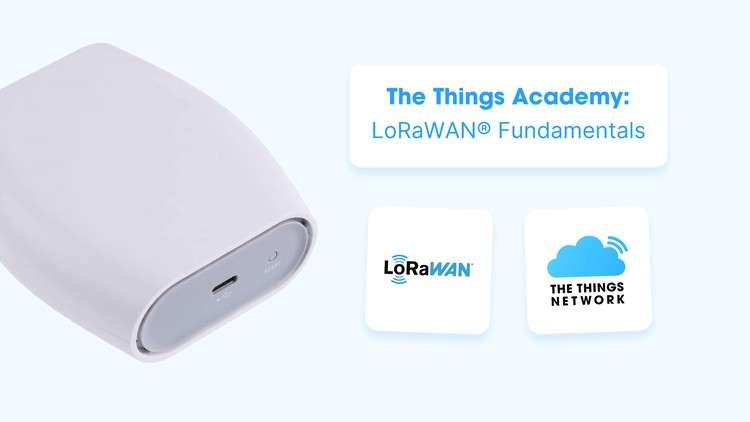
Everything you need to know to get started with LoRaWAN
What you will learn
LoRaWAN Basics
LoRaWAN Frequency Plans
LoRaWAN Device Classes
LoRaWAN Message Types
LoRaWAN Spreading Factors
LoRaWAN Adaptive Data Rate
LoRaWAN Activation Methods
LoRaWAN Security Configuration
LoRaWAN Limitations
Why take this course?
In this course, you’ll learn all about LoRa and LoRaWAN, and get ready to start building your own Low Power Wide Area Network applications. LoRaWAN is an awesome IoT solution because it is/has:
Note➛ Make sure your 𝐔𝐝𝐞𝐦𝐲 cart has only this course you're going to enroll it now, Remove all other courses from the 𝐔𝐝𝐞𝐦𝐲 cart before Enrolling!
- Ultra low power: LoRaWAN end devices can last up to 10 years on a single coin cell battery
- Long range: LoRaWAN gateways can transmit and receive signals over 10 kilometers in rural areas and up to 3 kilometers in dense urban areas
- Deep indoor penetration: LoRaWAN networks can provide deep indoor coverage, and easily cover multi floor buildings.
- License free spectrum: You don’t have to pay expensive frequency spectrum license fees to deploy a LoRaWAN network.
- Geolocation: A LoRaWAN network can determine the location of end devices using triangulation without the need for GPS
- High capacity: LoRaWAN Network Servers handle millions of messages from thousands of gateways.
- Public and private deployments: It is easy to deploy public and private LoRaWAN networks using the same hardware (gateways, end devices, antennas) and software (UDP packet forwarders, Basic Station software, LoRaWAN stacks for end devices).
- End-to-end security: LoRaWAN uses AES-128 encryption.
- Firmware updates over the air: You can remotely update firmware (applications and the LoRaWAN stack) for a single end device or group of end devices.
- Roaming: LoRaWAN end devices can perform seamless handovers from one network to another.
- Low cost: Minimal infrastructure, low-cost end nodes and open source software.
- Certification program: The LoRa Alliance certification program certifies end devices and provides end-users with confidence that the devices are reliable and compliant with the LoRaWAN specification.
- Ecosystem: LoRaWAN has a very large ecosystem of device makers, gateway makers, antenna makers, network service providers, and application developers.
After completing this course on LoRaWAN Fundamentals, you’ll have mastered:
- LoRa vs LoRaWAN
- Regional Parameters
- Adaptive Data Rate
- Spreading Factors
- Security
- Device Classes
- Link Budget
- LoRaWAN Architecture
Lastly, we’ll give you an opportunity to get started with LoRaWAN for free using The Things Network, and to scale commercially using The Things Industries SLA backed network server.
English
language
Found It Free? Share It Fast!